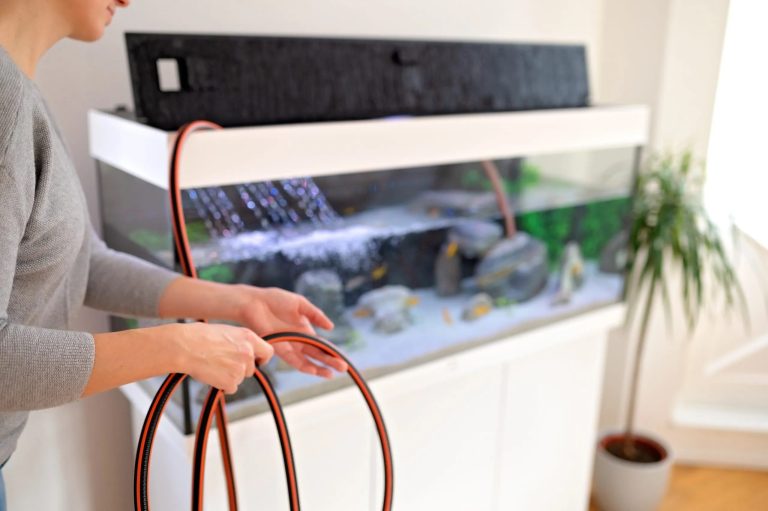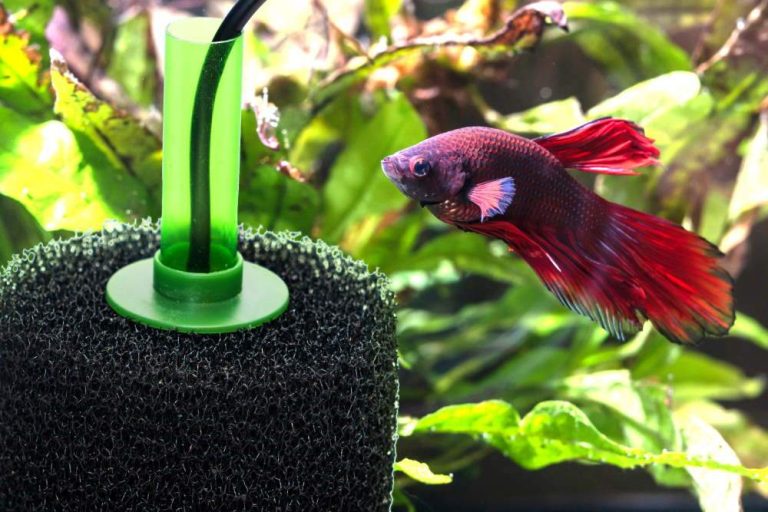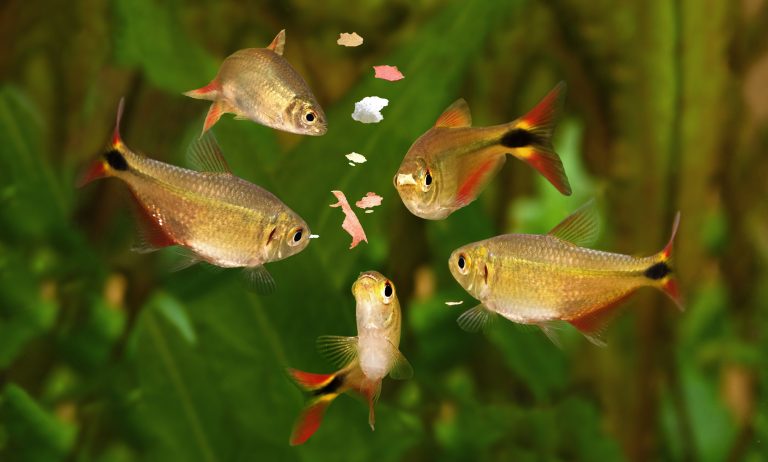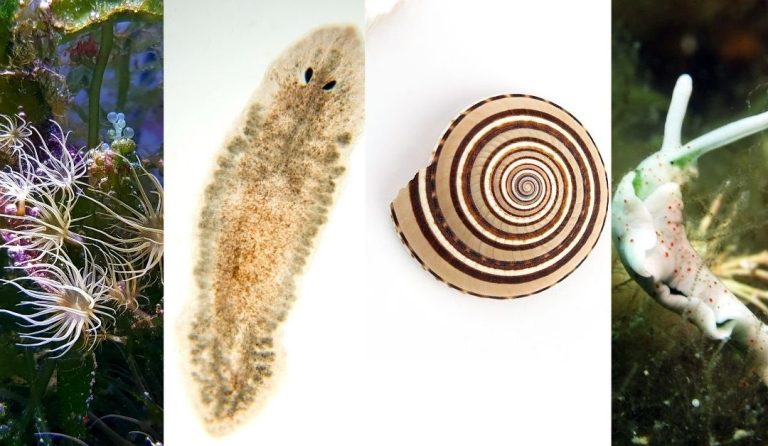Aquarium Nitrogen Cycle
The Aquarium Nitrogen Cycle: Everything You Need to Know
The aquarium nitrogen cycle is a vital process that ensures the health and well-being of your aquatic pets. Understanding this cycle is crucial for maintaining a thriving aquarium ecosystem. In this article, we will delve into the intricacies of the nitrogen cycle, exploring its significance, stages, and the necessary steps to establish and maintain a healthy aquatic environment. Let’s dive in!**
The Significance of the Nitrogen Cycle in an Aquarium
The nitrogen cycle is a natural biological process that breaks down waste in the aquarium, converting harmful substances into less toxic forms. It plays a crucial role in maintaining water quality and providing a safe and habitable environment for your fish and other aquatic organisms. Without a properly established nitrogen cycle, ammonia levels would skyrocket, leading to ammonia poisoning and potentially fatal consequences for your underwater friends.
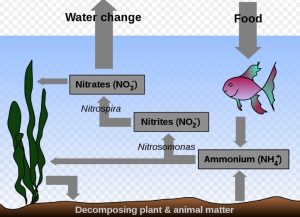
The Stages of the Nitrogen Cycle
1. Ammonia Production:
Ammonia is a toxic compound produced by fish waste, uneaten food, and decaying plant matter. In an aquarium with an established nitrogen cycle, beneficial bacteria, known as nitrifying bacteria, convert ammonia into less harmful substances.
2. Nitrite Production:
Nitrifying bacteria transform ammonia into nitrites through a process known as nitrification. Nitrites are also toxic to fish, but they are less harmful than ammonia.
3. Nitrate Production:
In the final stage of the nitrogen cycle, nitrates are produced by nitrifying bacteria. Nitrate is a less harmful compound that can be removed through regular aquarium maintenance, such as water changes and the use of live plants.
Establishing and Maintaining the Nitrogen Cycle
1. Cycling Your Aquarium:
To establish a healthy nitrogen cycle, you need to cycle your aquarium before adding any fish or other livestock. This process can take anywhere from a few weeks to a couple of months. There are two main methods for cycling an aquarium: fishless cycling and fish-in cycling.
– Fishless Cycling:
Fishless cycling involves adding a source of ammonia, such as fish food or pure ammonia, to the aquarium. This allows the beneficial bacteria to gradually colonize and establish the nitrogen cycle without subjecting any fish to harmful ammonia or nitrite levels.
– Fish-in Cycling:
Fish-in cycling involves adding a few hardy and resilient fish to the aquarium to produce ammonia. However, this method can be stressful for the fish, as they are exposed to toxic ammonia and nitrites during the cycling process. It is important to closely monitor water parameters and perform regular partial water changes to minimize stress and prevent ammonia/nitrite poisoning.
2. Monitoring Water Parameters:
Regular monitoring of water parameters is essential to ensure that the nitrogen cycle is functioning properly. Invest in a reliable test kit to check the levels of ammonia, nitrites, and nitrates in your aquarium. Ideally, you should strive for zero ammonia and nitrite readings, while keeping nitrate levels below 20-40 ppm (parts per million).
3. Performing Water Changes:
Regular water changes are crucial for maintaining a healthy aquarium environment. They help to remove accumulated nitrates and other toxins from the water, reducing the overall stress on your fish. Aim for weekly water changes of 10-20% to keep your aquarium clean and well-balanced.
4. Adding Live Plants:
Live plants not only enhance the aesthetic appeal of your aquarium but also play a vital role in the nitrogen cycle. They help to absorb nitrates as a nutrient source, keeping the water conditions in check. Additionally, live plants release oxygen during photosynthesis, promoting a healthy and oxygen-rich environment for your fish.
Frequently Asked Questions
1: How long does the nitrogen cycle take to complete?
The nitrogen cycle typically takes anywhere from 2 to 6 weeks to complete, depending on various factors such as the method used for cycling, water temperature, and the availability of beneficial bacteria.
2: Can I add fish to the aquarium during the cycling process?
It is generally not recommended to add fish during the initial cycling process, as they will be exposed to high levels of ammonia and nitrites, which can be harmful or fatal. It is best to cycle your aquarium first before adding any fish.
3: What are the signs of a properly-established nitrogen cycle?
A properly-established nitrogen cycle will have zero ammonia and nitrite readings, while nitrates remain at a manageable level (below 20-40 ppm). Additionally, your fish will exhibit healthy behaviors, vibrant colors, and overall vitality.
Final Thoughts
The aquarium nitrogen cycle is an essential process that ensures the well-being of your aquatic pets. By understanding its stages and taking the necessary steps to establish and maintain a healthy nitrogen cycle, you can create a thriving and vibrant underwater ecosystem. Remember to cycle your aquarium before adding any fish, monitor water parameters regularly, perform water changes, and consider the addition of live plants. With these practices, you can enjoy a beautiful aquarium that provides a safe and optimal habitat for your aquatic friends.


